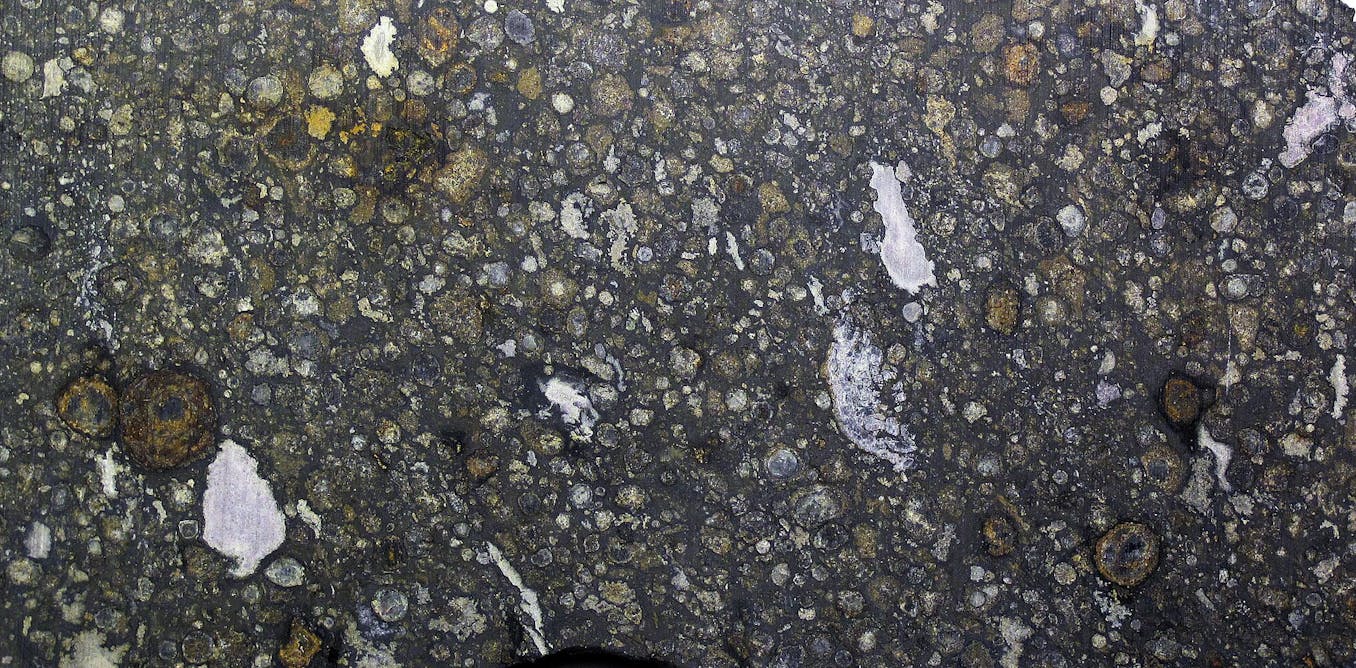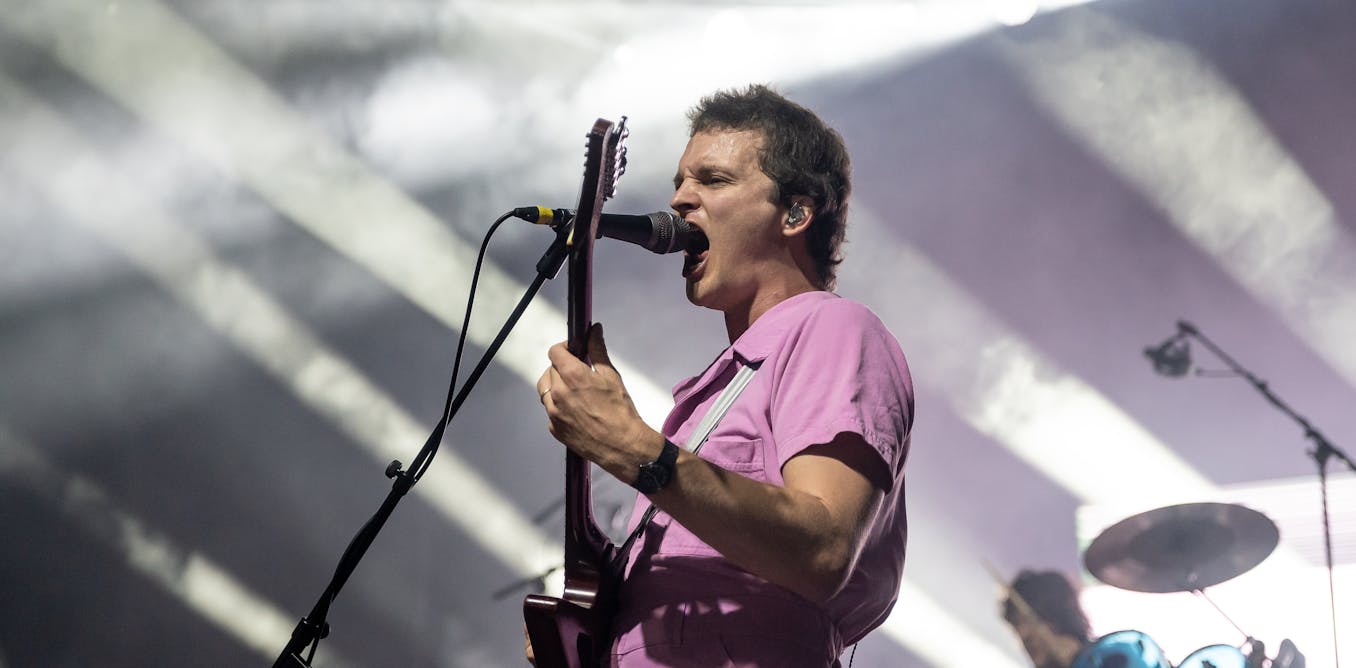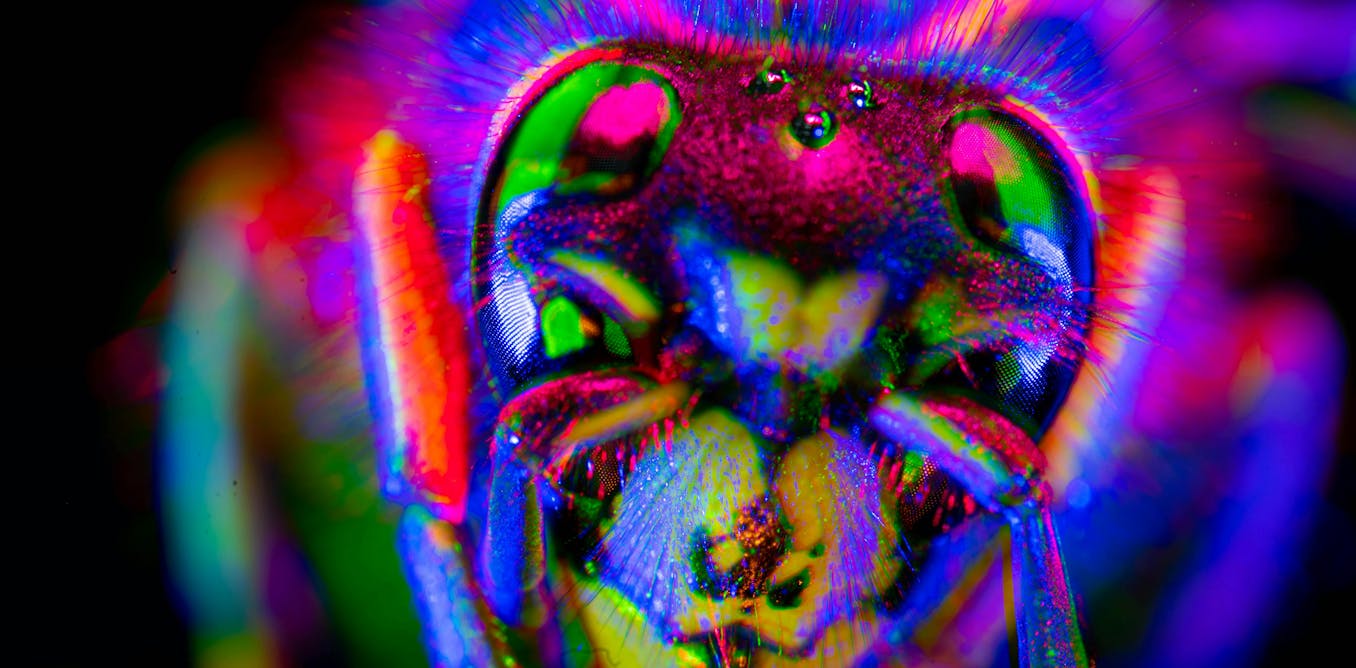The mysterious behavior of insects being drawn to light, like moths to a flame, has puzzled scientists and intrigued casual observers for centuries. However, recent advancements in camera technology and research methods have shed light on this strange phenomenon. Researchers have discovered that flying insects, such as moths, butterflies, and even dragonflies, exhibit a behavior called the dorsal light response when approaching artificial light sources.
By tilting their backs towards the light, insects become disoriented in 3D space and find themselves trapped in a loop, circling around the light source. This behavior can have detrimental effects on insect populations, as many are unable to escape and ultimately crash or stall in flight. Understanding this mechanism not only solves a long-standing mystery but also has implications for conservation efforts to protect these essential pollinating and ecosystem-essential insects.
Further research is needed to explore the ecological impact of artificial light on insect populations and develop strategies to minimize the negative effects. By unraveling the secrets of why insects are drawn to light, we may be able to create lighting environments that are safer for these vital creatures.
Watch the video by nature video
Video Transcript
VOICE OVER: If you’ve turned on a light outside at night, you’ve probably seen this. SAMUEL FABIAN: As soon as humans started lighting fires or creating light at night, they noticed that seemingly suicidally insects would dive into them or kind of
Emerge out the night and cluster around these light sources, and we wondered why. VO: Previous explanations have included insects using the moon to navigate, or simply being drawn to the heat given off by incandescent bulbs. Now though advances in camera technology are allowing researchers to study the flight of
These insects in more detail than ever before, and this group have made a key discovery. Flying insects seem to be twisting to keep their back to the light. Rather than being attracted towards it, they find themselves stuck in a loop flying around it.
Have these experiments finally answered the question – what draws the moth to the flame? VO: Moths’ attraction to light is well known enough to have inspired a commonly used phrase, but it’s not just moths that are attracted to artificial lights.
SAM: If you’re stood by a light at night, and you see something batting around, it’s probably not just moths, there are flies, there are wasps, there’s any number of different insects. Basically any insect that can fly, more or less, is going to end
Up at lights at night. It just so happens that a whole bunch of insects rarely fly at night, and so an example of that would be the dragonfly, we we we tend not to think about dragonflies coming lights at night, but actually it turns out if you get a dragonfly to fly,
At night, it ends up circling around the light just like your moth does. VO: And even though this behaviour is very common, explaining it has proven tricky. SAM: The real problem is that insects move really fast for their body size. So when you
Film it turns out as a little blur even under quite bright light and then you take that at night where you have to use infrared lights in order to illuminate the insect but not have it see the light, it’s only been recently that we’ve had sensitive enough cameras to allow us to film
Insects at night, at speeds that then allow us to see what the insect is actually doing in the air. VO: The team attach reflective markers to the insects’ bodies. Then, eight motion capture cameras allow them to track its exact position and orientation at 200 frames per second.
SAM: The camera can detect these little markers on the backs of the insect and we can get a really accurate read on exactly where it is in space and actually we can tell the orientation in space as well. VO: As well as this lab data, the team made observations in the wild,
Under more natural conditions. SAM: Either in our back gardens filming things or traveling down to Costa Rica in order to film large numbers of different kinds of night flying insect around light sources. That’s where we’re using high frame rate cameras under kind of constant infrared illumination to record
Insects traveling around light sources and that come to light sources at night. VO: Together these data revealed exactly what was happening as the insects approached a light source. SAM: What we kept finding is that insects such as dragonflies, moths,
Butterflies and other night flying insects as well, were tilting their backs – uh which we call the dorsal axis – their dorsum towards the light. And this matches onto a response we’ve known about for quite some time in fact, it’s been written about in the literature for
Probably about the last 100 years, and that’s called a dorsal light response. VO: This so called dorsal light response has been described for some time in insects and fish, and is believed to be used to help them orient themselves when moving in 3D space.
SAM: It’s quite strange for us to think about this because as animals that spend most of our time on the ground it’s quite obvious which way gravity is, but actually if you’re flying you’re pulling all kinds of g-forces and those g-forces or accelerations
As you’re moving around can kind of mask exactly where true gravity is especially if there’s some sort of big aerial turbulence that hits you, you want to very quickly work out which way is up. VO: And before humans and their lightbulbs came along,
Looking for the relative brightness of the sky compared to the earth was a good way of finding up. So insects tilt their backs towards the brightest area they can see. SAM: That means that all of their flight forces they’re producing,
The lift is they’re not pointing in the right direction for them to continue flight, they’re going to start curving. And so that’s why we see them circling, and not really spiralling in, cruising around and round and round and seeming completely stuck and unable to leave.
VO: And this isn’t the only problem this simple reflex causes insects around lights. SAM: If we give them light from beneath we actually see that insects totally invert themselves and flip upside down, and that obviously is not a good way to get about at
Night because they then crash straight on into the ground, and that’s probably why if you have light shining on a kind of patch of floor you tend to get insects sort of plummeting out of the darkness straight onto that floor. They flip themselves upside down and crashed, and we also
Get stalling which is where insects that are flying away from the light begin to pitch up, pitch up, and they’re then at not producing enough flight force to maintain the climb that they’re attempting to do and that causes them to slow down and tip onto new flight courses.
VO: Other explanations for this behaviour that have been put forward over the years don’t seem to match the new observations.. The insects in this study weren’t attracted to heat – nor were they keeping the lights at the same angle relative to their body as they would if trying to navigate by the moon.
So is this case closed for the mystery of the mesmerizing effect of artificial light on flying insects? Not quite… SAM: There are several species of night flying insects that we don’t find at light traps and
I really want to get hold of those because I want to see whether or not they still have this dorsal light response. Because if they’re not using light particularly to work out which way is up and we know that they’re flying near lights but don’t ever seem to get entrapped that’s a
Very strong link to draw that it is really this behavioral phenomenon that leads to all of these insects coming to light at night, because we cannot yet say absolutely this is the only influence of the light on the insect while it’s flying around there may be additional factors.
VO: This study only looked at insect behaviour within a few metres of a light source, but what happens when insects are further away. SAM: We’d like to ecologically contextualize this behavior of coming to light and determine
Exactly what the kind of capture radius around a light source would be at night and how it affects insects that are doing different tasks around an ecosystem. So whether that be foraging over flowers or whether that be migrating at high altitude directly over overhead.
VO: And understanding this mechanism doesn’t just answer an age-old question – it could lead to new ways to preserve and protect these flying insects. SAM: How could we change lighting environments to not trap insects because we’re facing a
Massive decline in insects around the world and artificial light at night is one of the factors that could potentially be leading to this decline. So only through understanding the actual mechanism that causes insects to get trapped around light can we begin to understand how we could prevent them getting trapped around light sources.
Video “‘Like a moth to a flame’ — this strange insect behaviour is finally explained” was uploaded on 01/30/2024 to Youtube Channel nature video
















-1.jpg)














